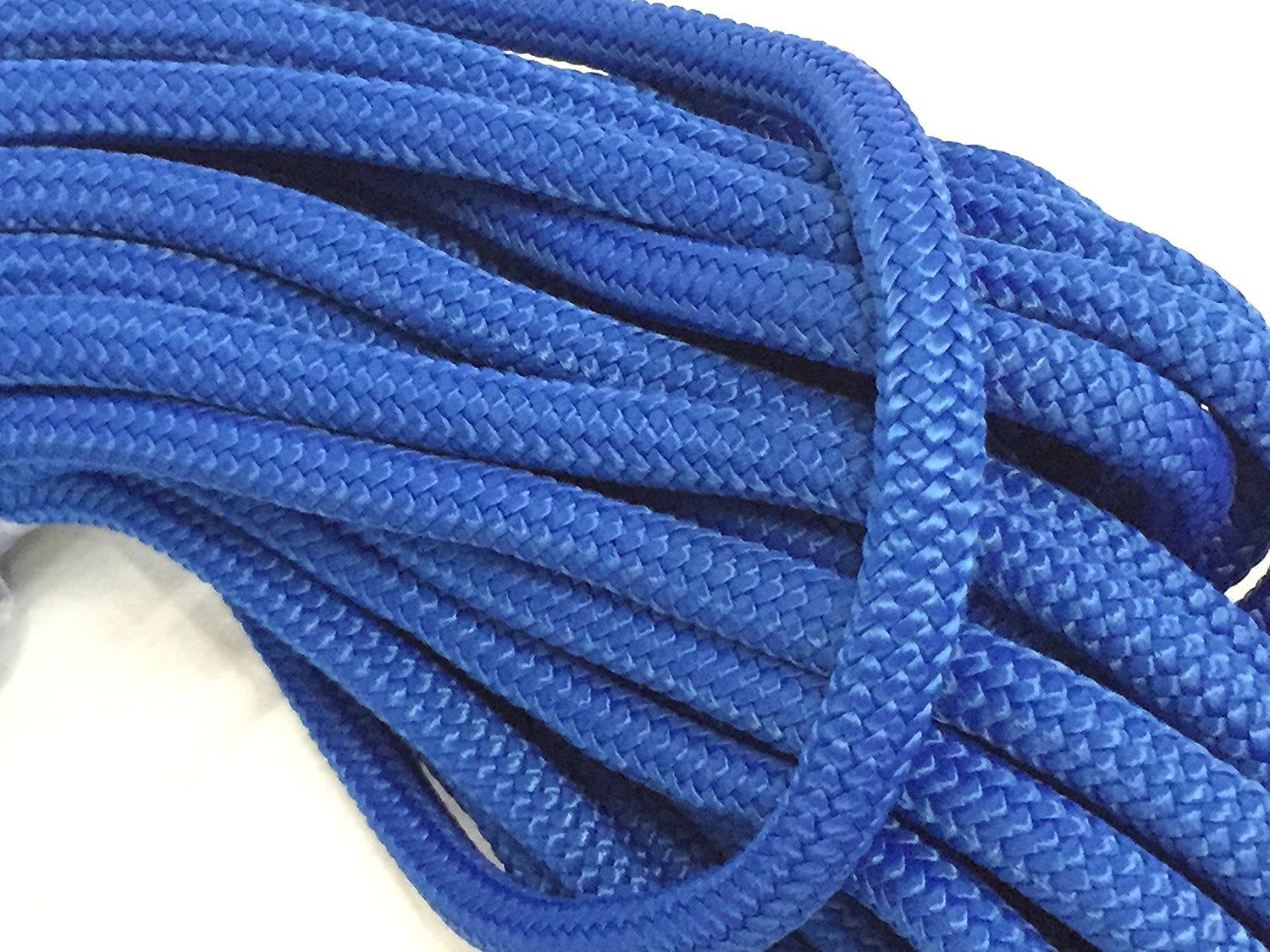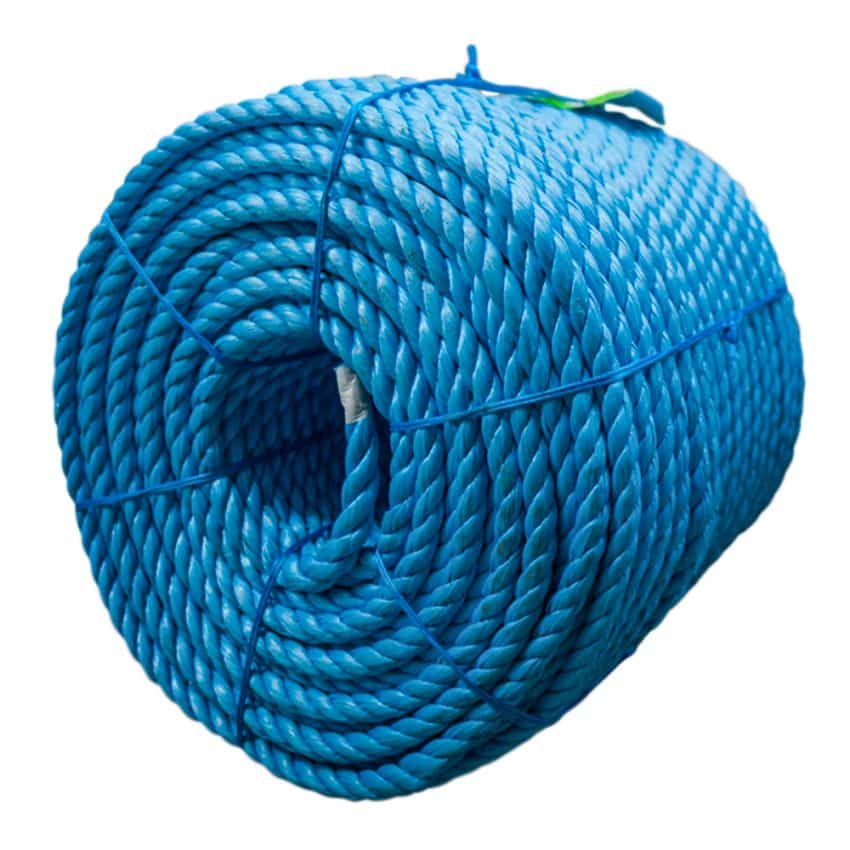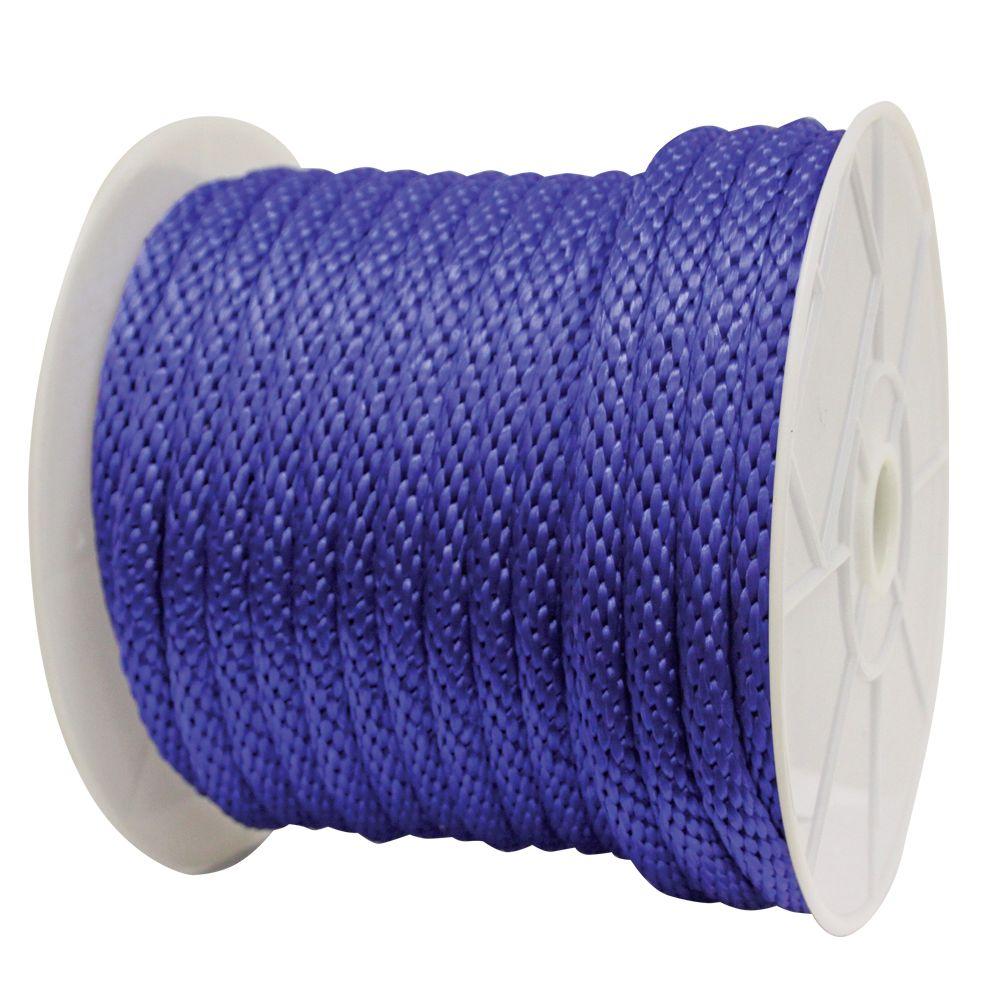Hey there, adventure seekers and gear enthusiasts! Ever heard of blue ropes and wondered what the fuss is all about? Blue ropes are not just any ordinary ropes; they’re game-changers in various industries, from climbing to construction. If you’re here, chances are you’re curious about their uses, benefits, and everything in between. Well, buckle up because we’re diving deep into the world of blue ropes, and by the end of this article, you’ll be a pro!
Blue ropes have been around for years, but they’ve recently gained popularity due to their versatility and durability. Whether you’re a climber scaling rocky cliffs or a construction worker ensuring safety on-site, blue ropes are your best friends. They’re not just strong; they’re also designed to handle extreme conditions, making them a must-have in your toolkit.
Before we dive deeper, let’s set the stage. This article isn’t just about what blue ropes are; it’s about understanding why they matter, how they’re used, and how they can benefit you. So, whether you’re a seasoned professional or a newbie looking to learn, we’ve got you covered. Let’s get started!
Read also:Tyler Cassidy Net Worth The Rising Star You Need To Know
Table of Contents
Read also:Kotaro Lives Alone Season 2 A Journey Of Solitude Growth And Life Lessons
Safety Tips When Using Blue Ropes
Maintenance and Care of Blue Ropes
Conclusion: Why Blue Ropes Matter
What Are Blue Ropes?
Let’s start with the basics. Blue ropes are high-performance ropes that are typically dyed blue for easy identification. They’re made from materials like nylon, polyester, or polypropylene, which makes them durable, weather-resistant, and strong. Unlike regular ropes, blue ropes are often treated with special coatings to enhance their resistance to abrasion, UV rays, and moisture.
But why blue? Well, the color serves a practical purpose. It helps distinguish these ropes from others on-site, ensuring they’re used for their intended purpose. For instance, in construction, blue ropes are often used for safety harnesses, while other colors might be used for lifting or towing. Makes sense, right?
Why Choose Blue Ropes Over Other Colors?
Here’s the deal: blue ropes aren’t just about aesthetics. The color blue is associated with trust, reliability, and professionalism, which is why it’s often chosen for safety-critical applications. Plus, blue ropes stand out against most backgrounds, making them easier to spot in various environments.
- High visibility
- Easy to identify
- Symbolizes trust and reliability
A Brief History of Blue Ropes
Blue ropes haven’t always been the stars they are today. Back in the day, ropes were primarily made from natural fibers like hemp or sisal. These ropes were great, but they had one major drawback: they degraded quickly in harsh conditions. Enter synthetic materials like nylon and polyester, which revolutionized the rope-making industry.
The introduction of blue ropes came later, as manufacturers realized the importance of color-coding for safety and functionality. Today, blue ropes are used in a wide range of applications, from outdoor adventures to industrial settings, proving their versatility and importance.
How Have Blue Ropes Evolved Over Time?
Over the years, blue ropes have undergone significant improvements. Modern blue ropes are stronger, lighter, and more resistant to environmental factors than ever before. Innovations in material science have led to the development of ropes that can withstand extreme temperatures, chemicals, and heavy loads.
Types of Blue Ropes
Not all blue ropes are created equal. Depending on their intended use, blue ropes come in various types, each with its own set of features and benefits. Here’s a quick rundown:
- Kernmantle Ropes: These are the most common type of blue ropes used in climbing. They consist of a core (kern) and a protective outer sheath (mantle).
- Static Ropes: Ideal for applications where minimal stretch is required, such as rappelling or rescue operations.
- Dynamic Ropes: Designed to absorb shocks, making them perfect for rock climbing and mountaineering.
- Industrial Ropes: Built for heavy-duty tasks, these ropes are often used in construction and marine industries.
Which Type of Blue Rope is Right for You?
Your choice of blue rope depends on your specific needs. For example, if you’re a climber, you’ll want a dynamic rope for added safety. On the other hand, if you’re working in construction, a static rope might be more suitable. Always consider the load capacity, stretch, and durability when selecting a blue rope.
Uses of Blue Ropes
Blue ropes are incredibly versatile, and their applications span across multiple industries. Here are some of the most common uses:
- Climbing: Blue ropes are a staple in the climbing world, providing climbers with the security they need to tackle challenging terrains.
- Construction: In construction, blue ropes are used for scaffolding, safety harnesses, and hoisting equipment.
- Marine: Blue ropes are often used on boats for mooring, towing, and securing cargo.
- Rescue Operations: Emergency services rely on blue ropes for search and rescue missions, especially in difficult terrains.
Why Are Blue Ropes Preferred in These Industries?
It’s simple: blue ropes offer a combination of strength, durability, and reliability that other ropes can’t match. Whether it’s supporting a climber hundreds of feet above the ground or securing a multi-ton load on a construction site, blue ropes deliver when it matters most.
Benefits of Using Blue Ropes
Now that we’ve covered the uses, let’s talk about the benefits. Why should you choose blue ropes over other types of ropes? Here are a few reasons:
- Durability: Blue ropes are built to last, even in the harshest conditions.
- Strength: They can handle heavy loads without breaking a sweat.
- Weather Resistance: Blue ropes are resistant to UV rays, moisture, and chemicals, making them ideal for outdoor use.
- High Visibility: The blue color ensures they stand out, reducing the risk of accidents.
How Do These Benefits Translate to Real-World Scenarios?
Imagine you’re a construction worker on a high-rise project. A blue rope not only ensures your safety but also gives your team peace of mind knowing it can handle the job. Or picture yourself as a climber scaling a mountain. A reliable blue rope can mean the difference between success and disaster.
Choosing the Right Blue Rope
With so many options available, choosing the right blue rope can be overwhelming. Here are a few tips to help you make the right decision:
- Consider the load capacity and the weight you’ll be handling.
- Think about the environment where the rope will be used.
- Check the rope’s stretch and flexibility based on your needs.
- Look for certifications and standards to ensure quality.
What Should You Avoid When Selecting a Blue Rope?
Avoid going for the cheapest option just to save a buck. Cheap ropes might seem like a good deal, but they often compromise on quality and safety. Always prioritize durability and reliability over cost.
Safety Tips When Using Blue Ropes
Safety should always be your top priority when working with blue ropes. Here are some tips to keep in mind:
- Inspect the rope regularly for signs of wear and tear.
- Follow manufacturer guidelines for usage and maintenance.
- Never exceed the rope’s load capacity.
- Store the rope in a cool, dry place to prevent damage.
What Happens If You Ignore These Safety Tips?
Ignoring safety guidelines can lead to accidents, injuries, or even fatalities. Always remember that blue ropes are tools, and like any tool, they need to be used correctly to ensure safety.
Common Mistakes to Avoid
Even the best of us make mistakes, but when it comes to blue ropes, these mistakes can have serious consequences. Here are a few common ones to watch out for:
- Using the wrong type of rope for the job.
- Not inspecting the rope before use.
- Exceeding the rope’s load capacity.
- Storing the rope improperly.
How Can You Avoid These Mistakes?
Education is key. Make sure you’re well-informed about the type of rope you’re using and its limitations. Regular training and inspections can also go a long way in preventing accidents.
Maintenance and Care of Blue Ropes
Proper maintenance is crucial to extending the lifespan of your blue rope. Here’s how you can take care of it:
- Clean the rope regularly with mild soap and water.
- Avoid exposing the rope to chemicals or extreme temperatures.
- Store the rope in a dry, well-ventilated area.
- Replace the rope if you notice any signs of damage.
What Happens If You Don’t Maintain Your Blue Rope?
Neglecting maintenance can lead to premature wear and tear, reducing the rope’s effectiveness and safety. Always prioritize care to ensure your blue rope remains reliable.
The Future of Blue Ropes
As technology continues to advance, the future of blue ropes looks promising. Innovations in material science and manufacturing processes are paving the way for even stronger, lighter, and more durable ropes. Imagine blue ropes that can self-repair or adapt to changing conditions. The possibilities are endless!
With increasing demand for safer and more efficient solutions, blue ropes will undoubtedly play a crucial role in various industries for years to come.
What Can We Expect From Future Blue Ropes?
We can expect blue ropes to become smarter, more sustainable, and more versatile. Advances in nanotechnology and artificial intelligence could lead to ropes that monitor their own condition and alert users to potential issues before they become problems.
Conclusion: Why Blue Ropes Matter
Blue ropes might seem like a simple tool, but they’re anything but. From climbing to construction, they’ve proven their worth time and time again. Their durability, strength, and versatility make them indispensable in various industries.
So, whether you’re a climber, a construction worker, or just someone who appreciates quality gear, blue ropes are worth considering. Remember to choose the right type, follow safety guidelines, and maintain your rope properly to get the most out of it.
And hey, if you found this article helpful, don’t forget to share it with your friends and leave a comment below. Let’s keep the conversation going!


